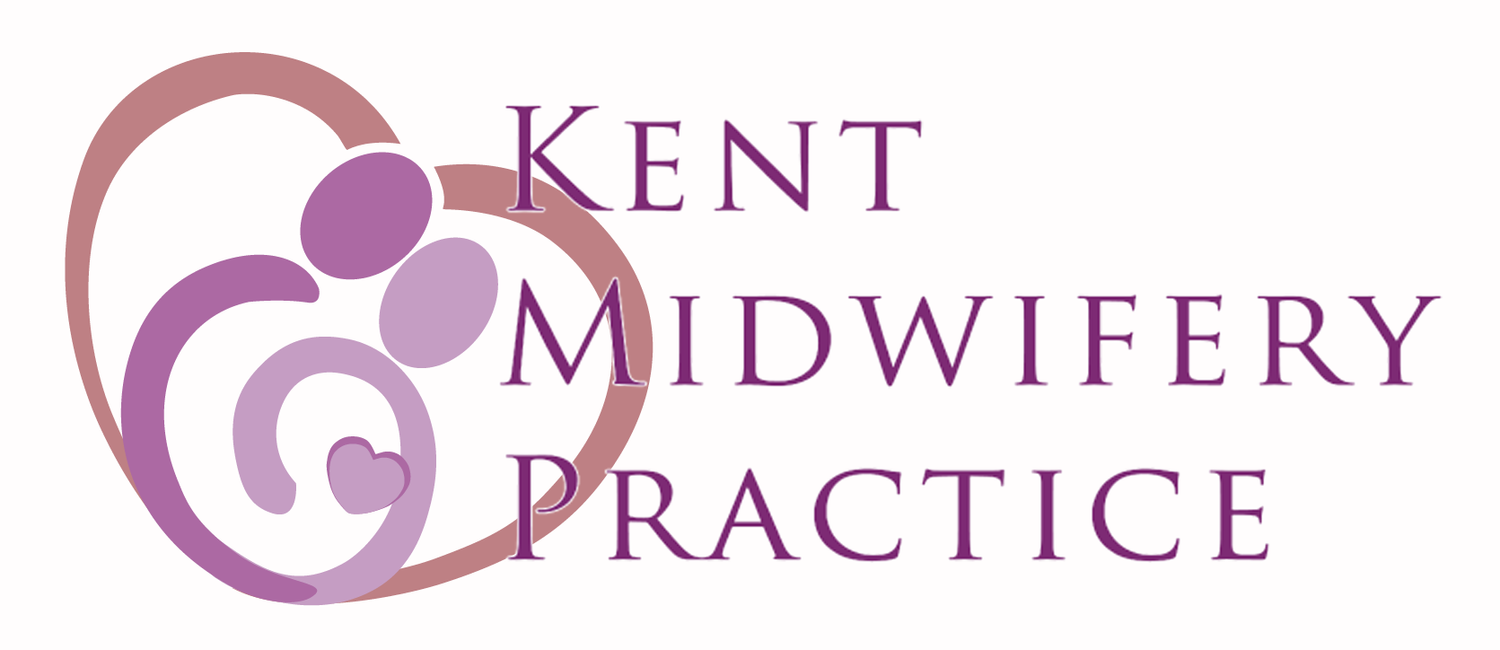Listening to a baby’s heart beat is common practice for a midwife but more importantly reassuring to the woman that all is well. Midwives listen to baby’s heart beat with fetal stethoscopes or hand held Doppler ultrasound devices in pregnancy.
During labour and birth a midwife will listen at frequent regular intervals; this is called intermittent auscultation. The principal aim of monitoring the baby’s heart during labour is to identify fetal hypoxia (low oxygen levels) and take appropriate action to avoid a bad outcome for the baby.
During the 1970’s electronic monitoring was introduced with the cardiotocograph (CTG) or fetal monitor machine. It was thought that it would identify which babies were at risk of hypoxia during labour and therefore save the lives of those babies. The continuous use of these monitors throughout labour became widespread despite no research to justify this.
Several randomised controlled trials have since been done comparing continuous electronic fetal monitoring with intermittent auscultation. The results showed that a baby dying in labour could be prevented equally effectively by both intermittent auscultation and continuous electronic fetal monitoring. It also showed however, that continuous electronic fetal monitoring increased the caesarean section rate and post natal complications for women (Enkin et al 2000).
Women who are strapped to monitors have their movements restricted preventing them adopt natural upright positions. This can inhibit labour and lead to further interventions causing a snowball effect leading to caesarean section. Partners and other birth supporters will focus on the machine and not the woman. Continuous electronic fetal monitoring should therefore be restricted to births that are considered ‘high risk’ or after complications have developed in labour.
Intermittent auscultation should be used throughout normal labours wherever that may be (NICE 2007). There is no evidence that an ”admission trace”, or being monitored for a while at the beginning of labour is beneficial to the outcome for normal women.
References
Enkin et al 2000 ‘A guide to effective care in pregnancy and childbirth.’ Third addition, Oxford University Press
NICE 2007 Intrapartum care:care of healthy women and their babies during childbirth. National Institute for clinical excellence

